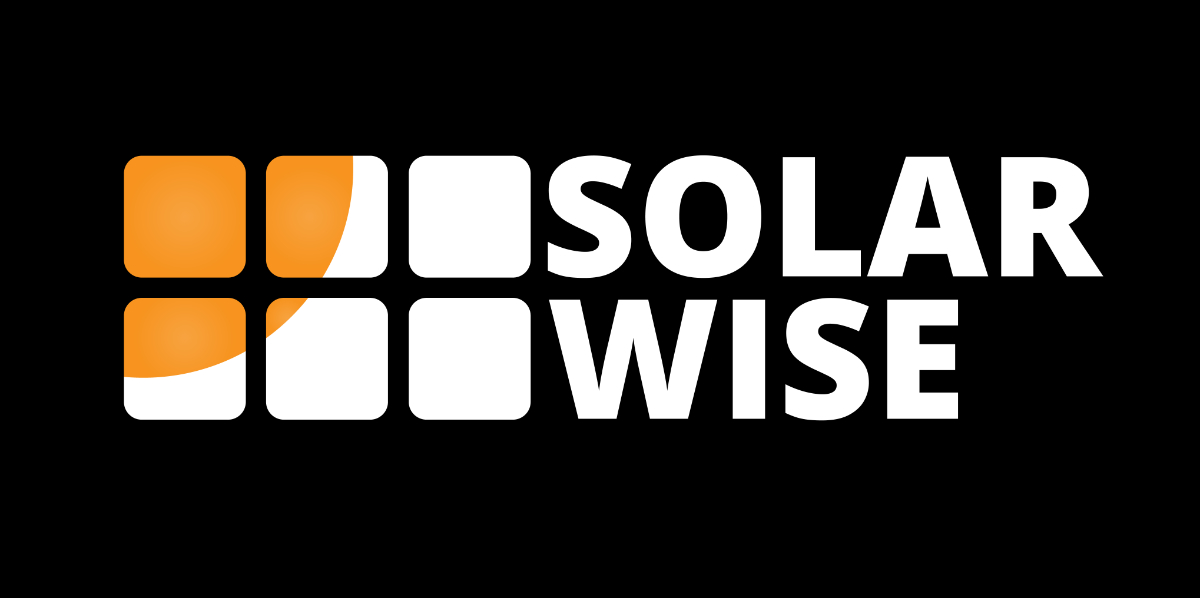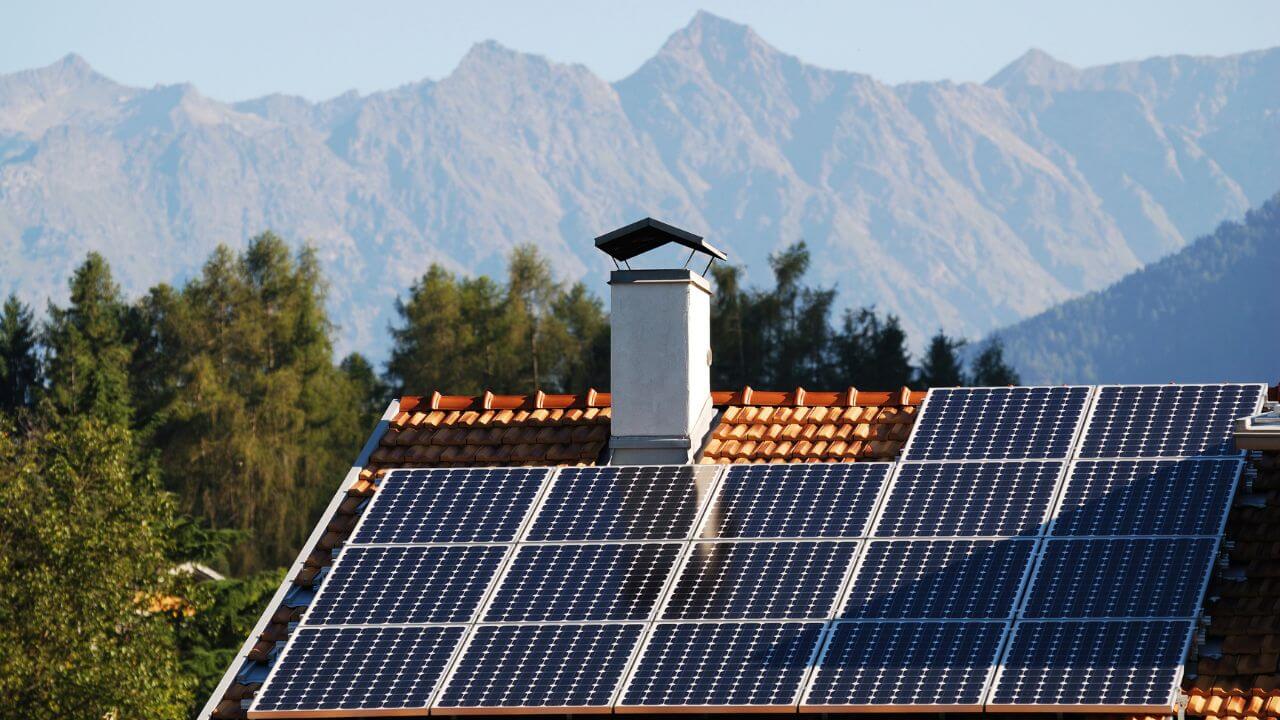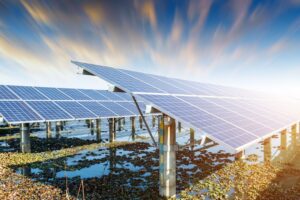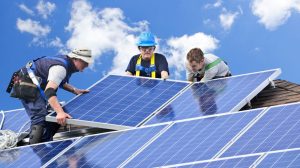In our age of growing environmental consciousness, the mechanics of home-based solar energy systems are taking the spotlight. In today’s article, we’ll simplify the sun-to-surge process, explaining each step so even the newest solar enthusiast can understand. Journey with us as we shine a light on the magic behind using the sun to create a brighter, eco-friendly tomorrow!
Sunlight exposure
The primary role of solar panels is to trap the abundant energy from sunlight, which comes in the form of tiny light particles called photons. The effectiveness of a solar system is deeply tied to its exposure to sunlight because this dictates the electricity it can produce. Think of photons as energetic messengers from the sun. As they meet the solar panel, they jostle electrons within the panel’s cells, giving birth to an electric current. This action, termed the photovoltaic effect, is the heart of solar power. Simply put, more sun means more energy, so always aim to place your solar panels where the sun shines brightest.
Photovoltaic cells
PV cells, short for photovoltaic cells, are the heroes of our solar panel story. Made primarily from silicon, which acts as a conductor, these cells have one mission: convert sunlight into usable electricity. The magic begins when sunlight bathes the PV cells. They soak in the energy from photons, which causes a dance of electrons within the silicon. This dance produces an electric current, which we then harness as power. Getting how PV cells operate is your ticket to understanding solar power.
Photon absorption
Solar panels, when basking in sunlight, are greeted by countless tiny energy packets: the photons. When photons come into play, they bump into the PV cells on the panel, transferring their energy to the silicon makeup. This transfer prompts electrons within the silicon to move about, setting the stage for generating electricity. It’s the beautiful ballet of nature and technology, turning sunlight into energy for our homes.
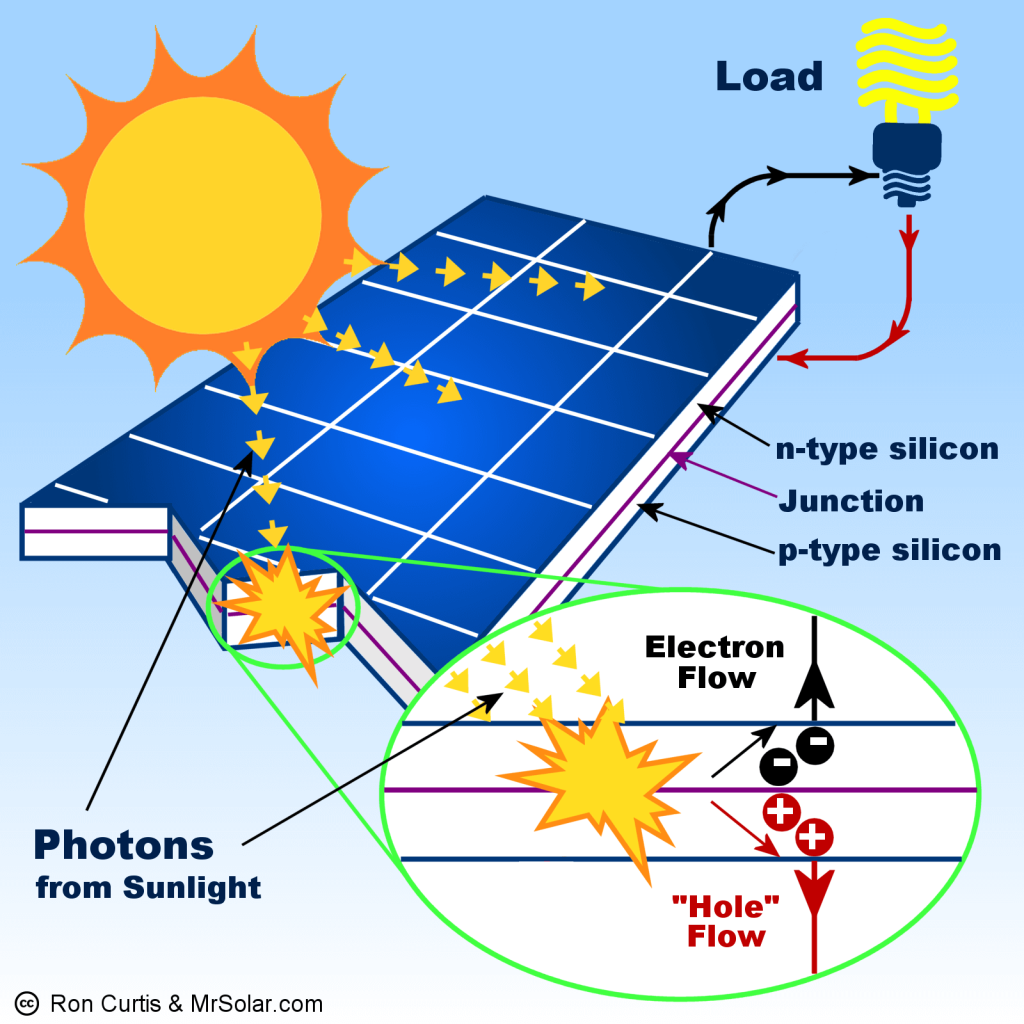
Credit: mrsolar.com
Electron excitation
The process of electron excitation is essentially a burst of energy that elevates the electrons in silicon atoms to a more heightened state of activity. This is all thanks to the photons’ energy, which instigates a kind of liberation of electrons from their usual positions. A flurry of movement follows, where these newly excited electrons create an electric stream within the solar cell. To simplify, consider electron excitation at the heart of the transformation from sunlight to electricity. It ignites the electric charge that runs through the photovoltaic cell.
Direct current generation
Direct current generation occurs when electrons within solar panel photovoltaic cells are set in motion by absorbed sunlight energy. This movement creates an electrical flow known as direct current (DC). Each solar cell produces a small voltage, and when combined in a solar panel, the voltage adds up, providing usable DC electricity. This solar-generated DC electricity must be converted into alternating current (AC) by a solar inverter to be compatible with household appliances and devices.
Inverter conversion
In the world of solar systems, the inverter wears many hats. Its primary function is to transform the direct current (DC) electricity, that solar panels initially produce, into an alternating current (AC), which your household appliances use. Doing this ensures that the power generated by your solar panels can easily merge with your home’s existing electrical grid without a hitch. Furthermore, inverters keep a vigilant eye on the performance of your solar panels, tweaking the system to boost efficiency wherever possible. It’s your trusty companion in making your transition to solar energy as fluid as possible.
Power distribution
The power distribution process involves spreading the converted AC electricity across your home. Once the solar inverter transforms the DC electricity from the solar panels into AC, this energy flows through your house’s electrical panel and wiring. As a result, all your home appliances and gadgets obtain the required power to operate. Utilizing solar power reduces your reliance on the grid, allowing you to cut energy expenses and actively participate in creating a more environmentally friendly future.

Credit: solarsquare.in
Excess energy storage or grid connection
When your solar panels work overtime, generating more energy than you can use, you have two choices: store it for a rainy day or feed it back to the communal grid. Solar batteries come in handy as a reservoir for that extra power, holding it in reserve for times when the sun is shy or has set. Alternatively, connecting to the grid allows you to share your solar bounty with the community, earning you credits or discounts on your utility bills through net metering schemes. It’s a win-win, enabling you to optimize your solar output while fostering a greener, more sustainable energy network.
FAQ
How Many Solar Panels Does a Household Need to Be Energy Self-Sustaining?
There are numerous factors that determine the number of solar panels it takes to power a home. These factors include the size of the home, how much electricity is consumed, and the location of the house. Generally, a conventional American household may require somewhere between 20 and 30 solar panels to suffice their electrical demands. Nevertheless, this is a general estimate and it is recommended to seek a tailored evaluation to pinpoint the precise number of panels necessary for your residence.
Is it Feasible to Power a Household Solely Through Solar Energy?
Yes, it is entirely possible to sustain a home exclusively on solar energy. A growing number of individuals are adopting this eco-friendly energy alternative to lessen both their ecological impact and monthly utility expenses. To accomplish this, one needs to have a solar panel setup that is proportionately sized to generate ample power to cater to your household needs. Furthermore, integrating a battery storage system could be a prudent decision to guarantee uninterrupted power supply, permitting you to preserve surplus energy produced during daylight hours for utilization during nighttime or overcast days.
What Happens to Solar Panel Operations During the Night?
Given that solar panels are dependent on sunlight to create electricity, they cease to function when night falls. However, this doesn’t imply a halt in power availability post-sundown! As previously noted, incorporating a battery storage mechanism allows you to benefit from solar power even in the absence of sunlight. This system accumulates additional energy produced in daylight, which can be utilized during nighttime. Another viable strategy is maintaining a connection to the grid, facilitating access to electricity sourced from utility companies during nighttime, effectively using the grid as a supplementary power supply.
